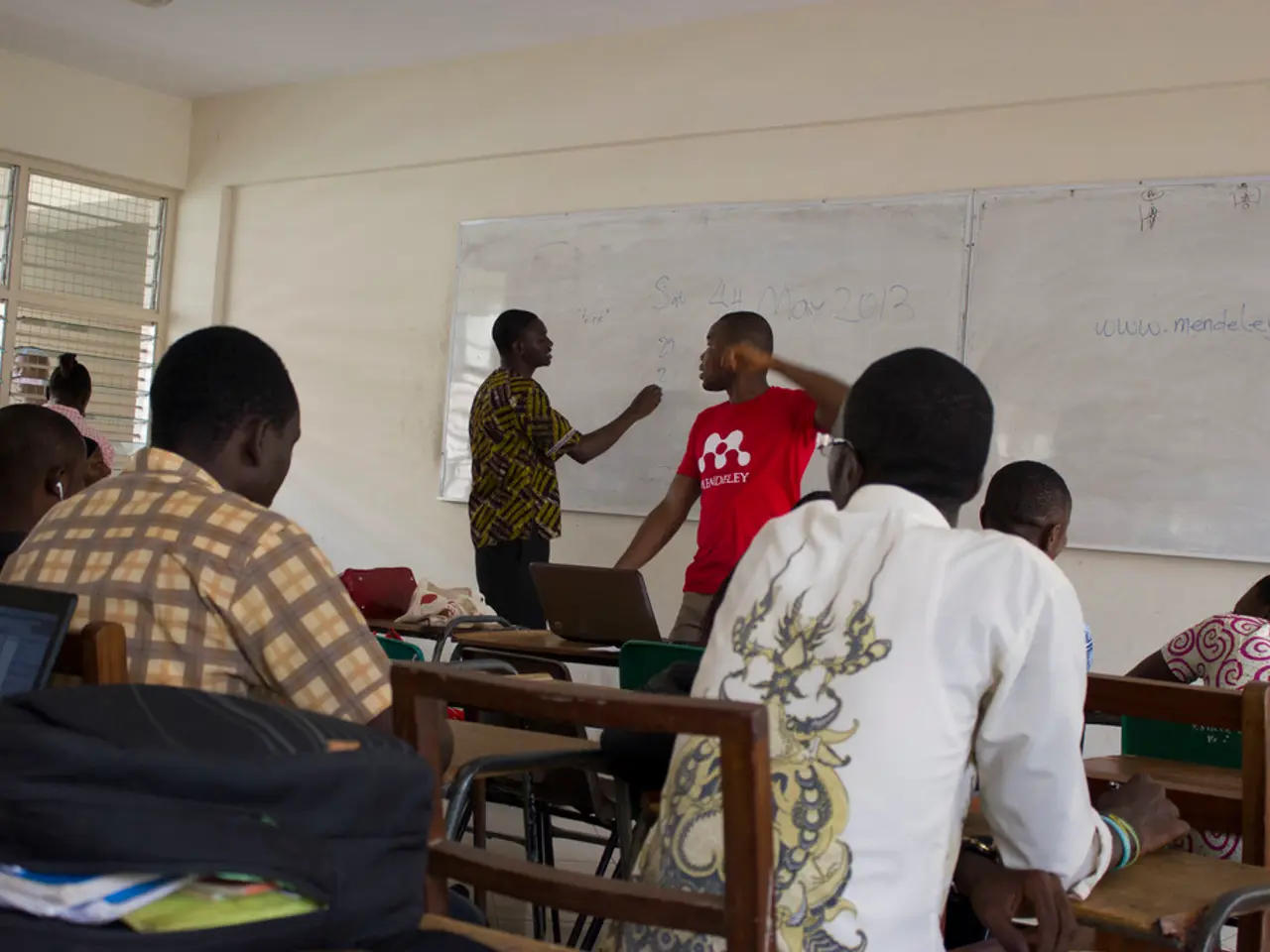Strategies for Successfully Catering to a Vibrant Mix of Students in the Classroom Environment
In today's classrooms, the importance of catering to the diverse needs of students cannot be overstated. Effective strategies for teaching diverse learners in contemporary education include Universal Design for Learning (UDL), differentiated instruction, culturally responsive teaching, cooperative teaching models, adaptive technology, and strategies for English Language Learners (ELL). These approaches contribute significantly to creating an inclusive learning environment, ensuring equitable access and participation for all students.
Universal Design for Learning (UDL) promotes multiple ways of representing information, expressing knowledge, and engaging students. By doing so, it accommodates diverse learning preferences and abilities, fostering accessibility and participation for all students through flexible curriculum design.
Differentiated instruction tailors content, process, and product based on students’ readiness, interests, and learning profiles. Techniques such as flexible grouping, tiered tasks, choice boards, and ongoing formative assessments ensure learners at varying levels are supported and encouraged to excel.
Culturally responsive teaching connects lessons to students' cultural contexts and lived experiences, making learning more meaningful and relevant. This approach builds engagement, respect, and identity development while empowering students to contribute diverse perspectives.
Cooperative teaching models, like co-teaching between general and special education teachers, and consultative supports, distribute responsibilities among educators. This collaboration makes inclusive classrooms more manageable and ensures students receive both content instruction and specialized support simultaneously.
Adaptive technology and assistive tools enable students with disabilities to access the curriculum and communicate effectively. Examples include speech-to-text software, AAC devices, and other tools that level the playing field for all learners.
Strategies for English Language Learners (ELL) include incorporating visual aids, utilizing language scaffolding techniques, and creating a culturally responsive classroom atmosphere. Adaptive learning software offers personalized pathways for students by leveraging algorithms to assess individual performance and provide targeted resources.
Encouraging peer relationships contributes significantly to emotional well-being and fosters empathy and understanding among diverse learners. Multiple means of engagement focus on stimulating interest and motivation among diverse learners, achieved through incorporating choice in assignments, using real-world connections, and introducing collaborative activities.
Tailoring content to learner needs enhances understanding and retention. This can be achieved by providing diverse reading materials, offering choices in assignments, and adapting lessons to individual learning preferences. Utilizing collaborative technologies like online forums and shared documents fosters a blend of traditional and digital interactions.
Building a positive classroom environment fosters inclusivity and respect among students, promoting open communication and peer relationships. Addressing social-emotional needs involves implementing regular check-ins, offering counseling resources, and teaching emotional regulation techniques.
Multiple means of action and expression allow learners to demonstrate their knowledge in ways that best suit their abilities. Options such as oral presentations, written reports, or creative projects enable students from diverse backgrounds to showcase their learning effectively. Multiple means of representation emphasize offering information in different formats, catering to the unique ways in which diverse learners process information.
Group projects, peer teaching, and structured discussions are effective collaborative strategies for diverse learners. Collaborative learning strategies can enhance understanding and foster social skills among diverse learners. Recognizing the unique strengths and challenges of diverse learners is fundamental in developing effective strategies for diverse learners.
By implementing these strategies, we can create an educational environment where differences in ability, culture, and learning styles are acknowledged and valued, promoting equity, belonging, and academic success for all students. Fair assessment practices aligned with these strategies further ensure students are evaluated on their actual knowledge and skills rather than limitations related to disability or language proficiency.
- Adaptive learning software can offer personalized learning pathways for students by assessing individual performance and providing targeted resources, which promotes personal growth and learning.
- Incorporating visual aids and utilizing language scaffolding techniques for English Language Learners (ELL) can create a more inclusive education-and-self-development environment, fostering cognitive load and learning for non-native speakers.
- By recognizing and appreciating the unique characteristics and needs of diverse learners, we can design instructional strategies that cater to their cognitive load, promoting learning and educational success for all.




